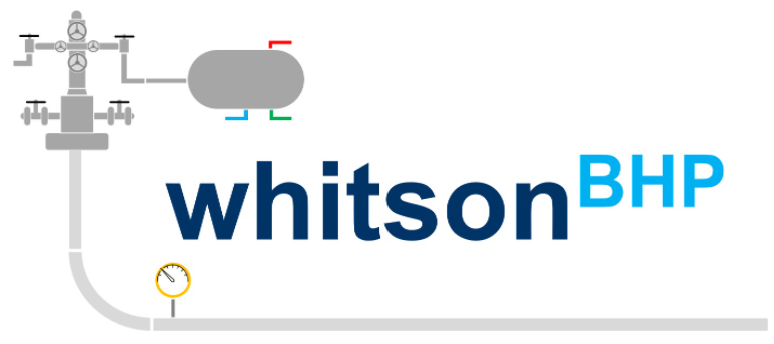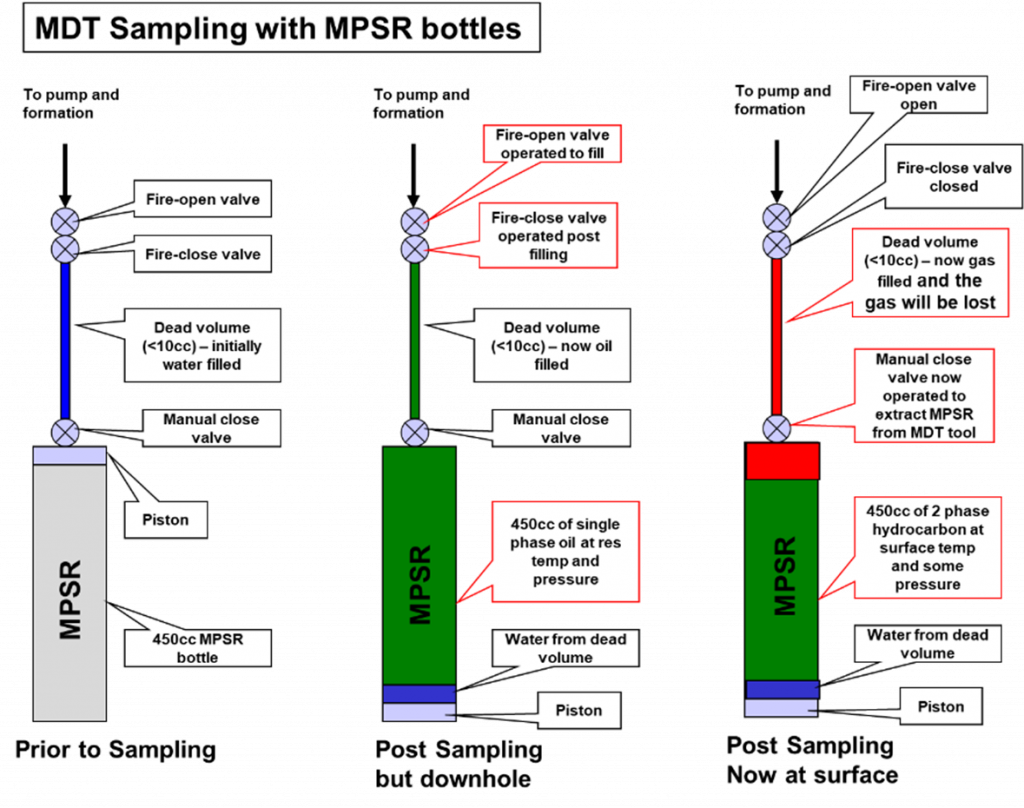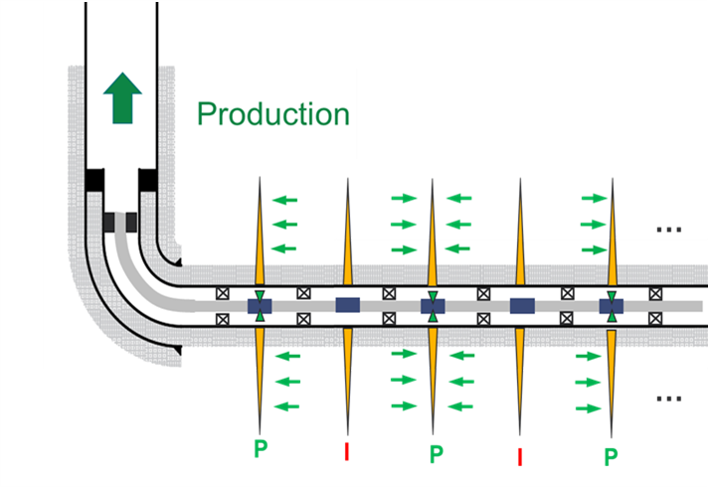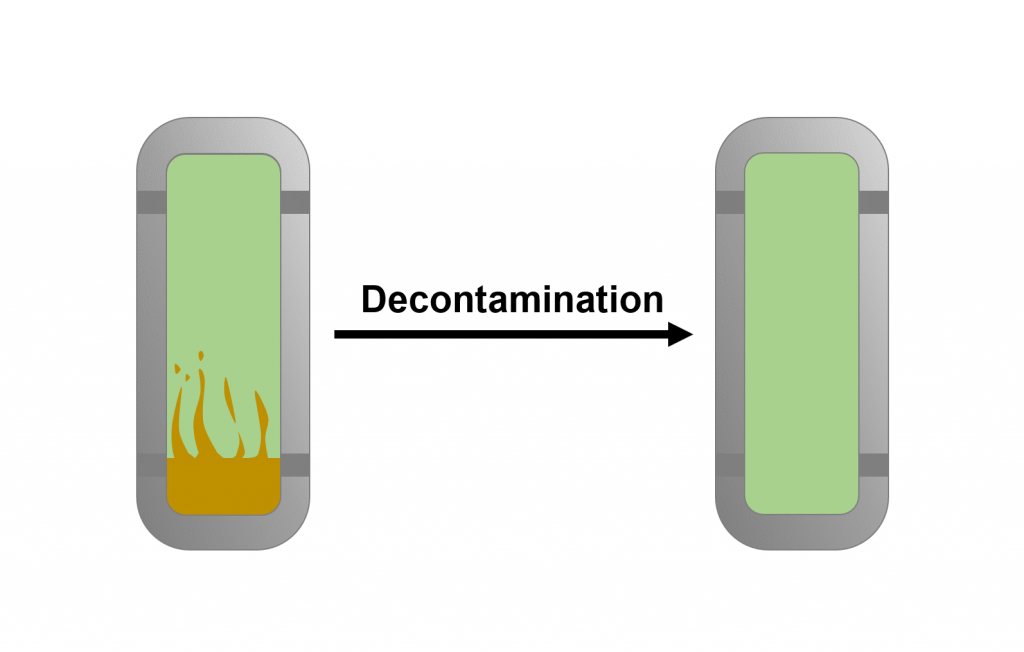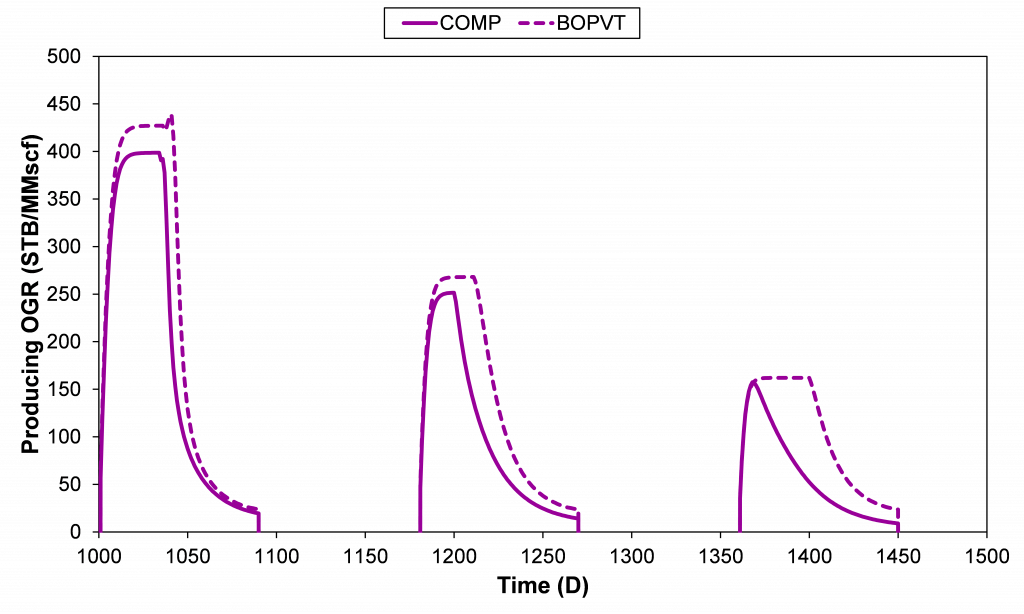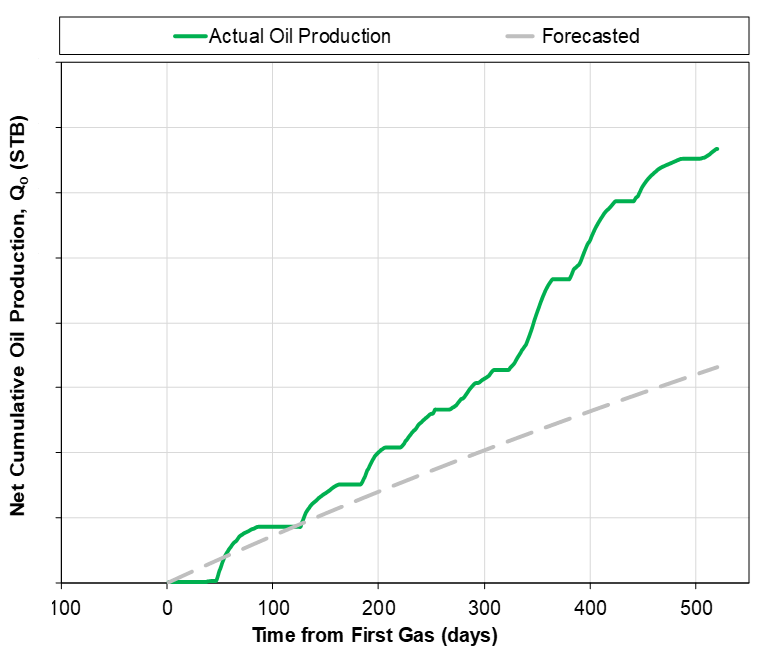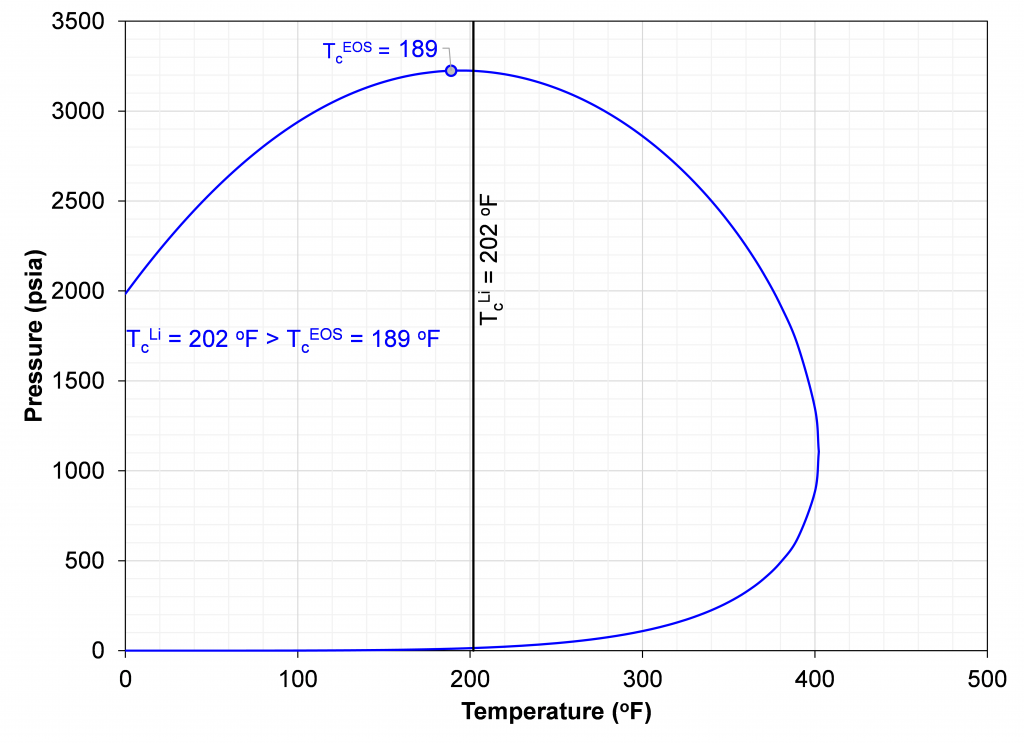Flowing Bottomhole Pressures Calculations Using the Black-Oil PVT Model
By Stian Mydland, May 2021 The flowing wellbore pressure at the perforated interval, commonly referred to as bottomhole pressure (BHP | pwf) or sandface pressure, is a required input for all classical well-performance forecasting techniques. The BHP is available in real-time for wells having pressure gauges installed sufficiently close to the perforated interval. For wells […]

